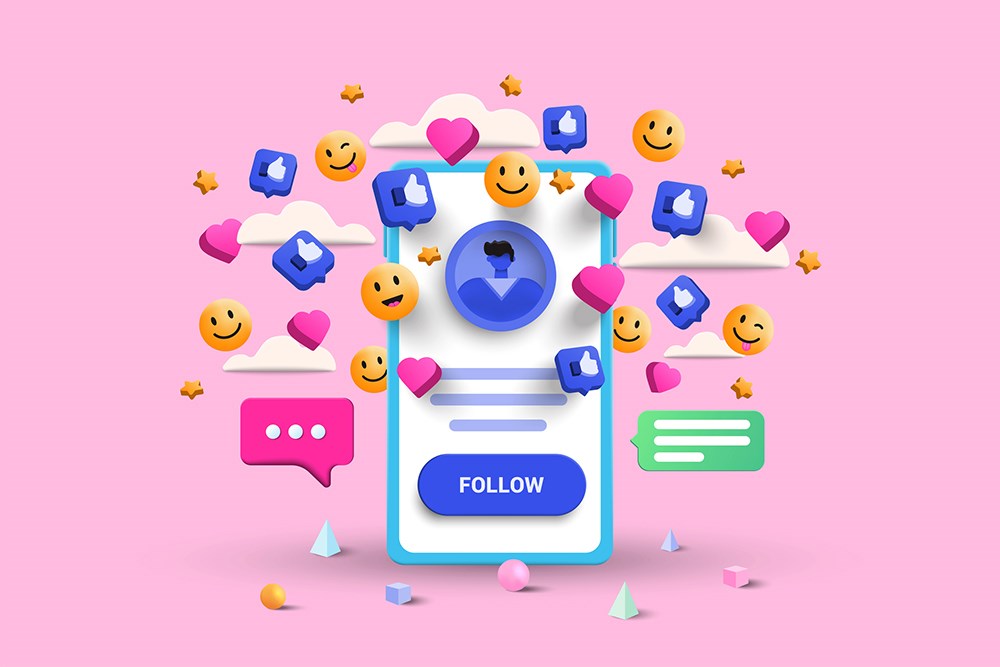Digital marketing and language schools
Marketing is key for brand awareness and attracting customers, and the growth of social media and the internet has increased the need for successful organisations to engage with digital marketing. But how can language schools, of any size, get started? In this blog, Gerhard Erasmus provides an introduction to digital marketing for language schools.
In a previous blog, I looked at the sales funnel and how to ensure you are attracting the right customers. Following on from that, this blog focuses predominantly on digital marketing and how language schools can ensure that their digital marketing efforts are appropriately focused and cost effective. Many of these efforts can also be adapted to help individual language teachers. Although there this a lot more that could be considered, for the purpose of this blog, I will predominantly be looking at the basics of a digital marketing campaign, how to ensure you move from click to contact, and how to stay in touch with potential customers.
I found the idea of digital marketing quite intimidating, but the more I understood the sales funnel, and the importance of leads generation, I realised the necessity to improve my knowledge in this area. While this blog is purely an introduction to digital marketing, I hope that the information will help you get started and that this start could be the beginning of a journey to access a very impactful benefit of the internet and social media.

Deciding on your channels and your audience
Your target market will be the main decider of which channels to use. There are certain social media platforms that are more popular with different parts of society, and finding the right channels is important for optimising the marketing work that you are doing. For example, in Taiwan where I am currently involved in school and course marketing, LinkedIn is not very popular, and neither is Twitter. Communication applications such as WhatsApp and Line are much more popular here. Additionally, the age of my target market is important. If I am trying to attract elementary school children, then their parents are my main target market. Questions I ask myself would be:
- Which social media platforms does a 30- to 45-year-old Taiwanese parent access? In all likelihood, this is Facebook, and perhaps Instagram, and they definitely use Line.
- When are they most likely to access social media? Is it after work, or perhaps in a lunch break. This determines how I can optimise the timing of paid content or Google Ads, for example.
- Which groups do they belong to on social media channels? With parents, consider if there are local parenting or ‘living in (your city)’ groups that you can access for leads and testimonials.
- Which websites do they frequent and is it worth the cost to advertise on these sites through banner ads? Local news sites might be significant cheaper than international sites.
- What would my ad and branding need to look like online to attract this part of my target market? It is important here to be aware of what attracts the customer (the parent) and not the consumer (the child) as the child will not be making the decision to click on your link or submit information.
If my target market consists of young adults in university who might need a proficiency test score to enter the job market or study abroad, I would be asking myself the same questions, but the answers might differ. While there is nothing wrong with just having a ‘social media presence,’ we have to consider how to optimise what we do in order to stay one step ahead of the competition. Remember that competition not only refers to other language schools (and you could actually argue that they aren’t), but rather any competitive activity that would draw consumers away from you. What are afterschool centres, sports clubs, and other types of after school events organisers doing that you could learn from?

Attracting and maintaining clicks and impressions
To ensure that you are attracting clicks, you have to make sure that your website is attractive, easy to navigate and user-friendly. You also want to be sure that navigating from clicking on your post on social media to then clicking on the contact form on your website is an effortless process. If customers struggle to figure out how to contact you, you need to fix this part of the process first. For more in-depth campaigns, you may also want to consider Search Engine Optimisation (SEO and key words), Search Engine Advertising (SEA) and whether it is worthwhile to pay for Google Ads or YouTube ads to attract customers to your website and your products.
Once you are ready to post, consider what the online advertisement is going to look like, where people will go if they click on it, and what they will be expecting. Long complex texts generally do not work, and an advertisement that is visually appealing on the platform it is posted is much more likely to attract clicks. You can then start measuring these clicks and decide how effective your campaigns are. Always keep the process in mind to ensure that the process is smooth and can be measured and improved. Generally, for me the process is:
- Customer sees the advertisement or video and clicks.
- They go to my website for more information, and I can measure how long they have been on the website.
- If they have been on my website for longer than 30 seconds and scrolled (not doing this means they might have clicked by accident and you don’t want to target them), the platform from which they clicked can target them with future similar ads, but I have to pay for this. The number of people that click and leave the site within 30 seconds is called the ‘bounce rate’ and can also be used to determine how effective your website is at encouraging people to scroll and find out more. This is why it is important to narrow the group you are targeting by age, geographic location, whether they have children, and at what time of the day they are accessing social media. You don’t want to waste money on attracting people who realise once they get to your website that they are completely the wrong audience!
- They submit a form with their details so a salesperson or customer service person can contact them. It often encourages people to submit their details if they get something in return (a free demo lesson, a book, a discount voucher, etc), although if they simply have a question or want to find out more then that is also an incentive.
- The person’s email address is captured (if they agree to this) and other than targeted ads on social media, we can now also send them emails with future offers similar to the ad they clicked on. For example, if someone clicked on an advertisement for Cambridge Preliminary Exam preparation classes for teens, we can also email them information about a teens summer camp.
- This is now considered a lead and feeds into my sales conversion process or sales funnel, and I have all the information the customer provided us when they filled out our contact form.

Measurements and focusing your campaigns
In my honest opinion, the best part of digital marketing is how easy it is to measure impact and success. You can measure the amount of likes you are getting on Facebook, who liked your posts, who clicked on the link in your post, who stayed on your website, who completed the contact form, and who purchased a product. This gives you an immense amount of very valuable marketing data that you can use to inform future marketing decisions.
A final word here on costs. When you decide to pay for targeted ads, and search engine advertising, you can limit the amount the provider charges you daily. You can also limit at which time of the day this targeting has to take place. All of these decisions need to be carefully considered. At the end of your campaign, you need to measure what you paid against what you generated in sales. An industry yardstick, and what I use, is 8%. If the amount I paid exceeds 8% of total sales from the campaign, the campaign was not as successful as I would like it to be. For example, if I paid 8000 dollars for targeted Facebook ads, and to Google AdWords, I’d be expecting 100000 dollars in sales. It is, however, also important to consider the branding effect of your campaigns, and the fact that even if people don’t click at that point in time, they may now be more likely to think of you in the future. At least initially, the spending might exceed 8%, but if you are doing it right, there is increased awareness of your brand and what you offer, and this also contributes to leads coming into your sales funnel.

Looking forward
A blog post does not do the magic of digital advertising any justice, and this only begins to cover some of the options available. I actually have a dedicated marketing consultant that does a lot of what I have described here for me, as there are so many factors to consider. They decide on key words, where to place ads, what they should look like, and finds answers to all the questions I have asked. Whether you want to do it yourself or hire someone else, I would strongly encourage you though to get a good understanding of digital and social media marketing, because it is a powerful tool with a vast amount of data that can help your organisation significantly increase its marketing effectiveness. Digital marketing should also not be limited to only large organisations. Even small two or three classroom language schools, could employ this and build a strong online presence and brand.
Do you implement any digital marketing campaigns? If so, let us know in the comments what advice you would give others!
Comments
Write a Comment
Comment Submitted